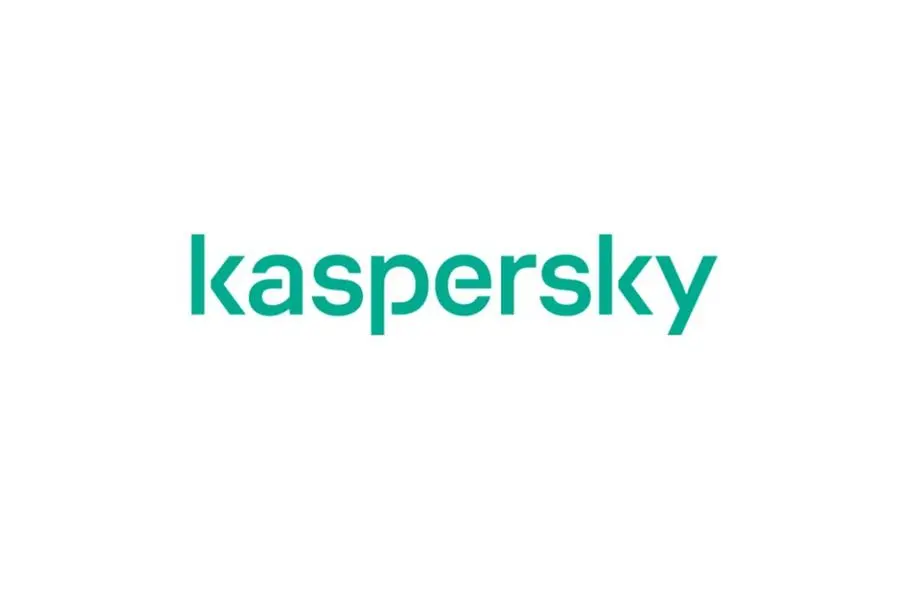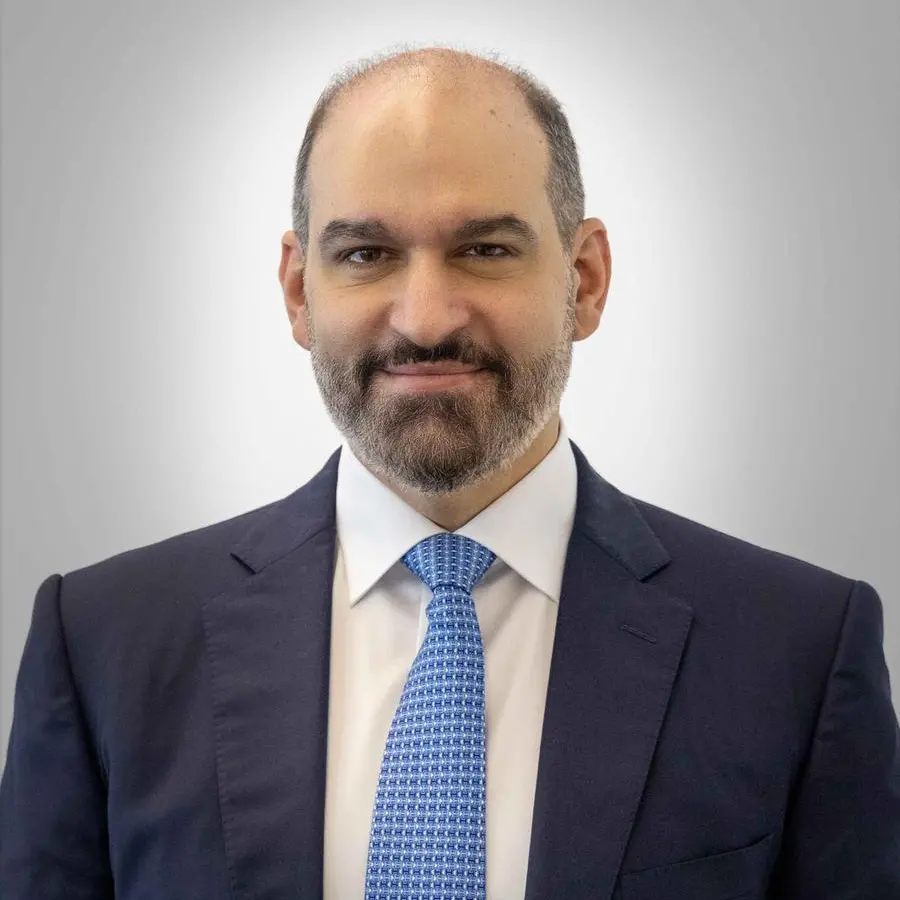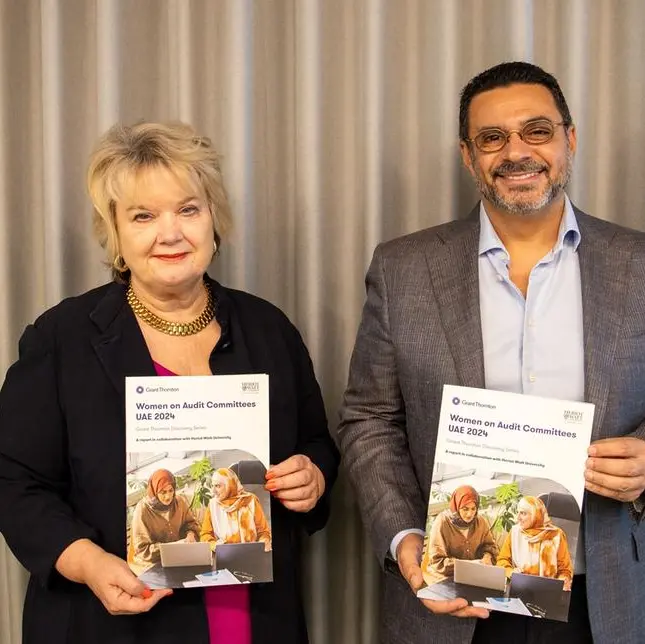PHOTO
In today’s data-driven and digital business environment, office employees are bombarded with a constant feed of notifications, continuous digital interactions and the need to make huge amounts of decisions throughout the day. Even though advanced technologies like artificial intelligence (AI) and machine learning are helping to improve efficiencies, workers are under significant strain. This can result in digital fatigue that not only negatively impacts an employee’s well-being and productivity versus higher rates of burnout, but also risks opening the company to a range of cyberthreats, from phishing to deepfakes, warns Kaspersky.
“Employees face hundreds of decisions daily, that range from small, routine choices to critical business decisions. Eventually, the brain’s ability to make sound judgments declines over time and pressure. The constant influx of emails, messages, and alerts are exacerbating this digital fatigue,” says Brandon Muller, Technical Expert for the MEA region at Kaspersky.
In fact, a research by Forbes Advisor shows that digital communications make 58% of employees feel like they need to be available more often. This results in 60% of the workforce feeling increased burnout. The constant need to stay online and multitask adds to this high-pressure environment, making employees more prone to mistakes.
Phishing still prevalent
Phishing remains one of the most widespread forms of cybercrime. Fatigued employees are more likely to miss the warning signs of a phishing email, especially when they are just one among many in their overflowing inboxes and as phishing campaigns become ever more sophisticated.
These attacks are designed to deceive employees into disclosing sensitive information, such as login credentials or financial data, by posing as legitimate sources. While phishing attacks come in various forms, they often target corporate email systems due to the potential wealth of valuable information they hold, making them prime targets for exploitation.
The rising threat of deepfakes
AI is also contributing to the rise of deepfakes – highly convincing audio or video content manipulated to deceive the recipient. Even when not fatigued, employees are finding it more difficult to assess the authenticity of such content. When it comes to digital fatigue, these deepfakes can pose a serious risk in corporate settings, where cybercriminals may impersonate executives to authorise fraudulent transactions or gain access to sensitive information.
Other threats
From inadvertent installation of malware to checking the contents of a USB found on a way to the office – the cyber risks may vary in form and can lead to devastating consequences. If robust cybersecurity solutions are in place to help identify and filter the threats, and if employees are educated and alert, organisations are in a much safer position.
Supporting employees
There are several proactive measures organisations can adopt to help reduce the cognitive load on their employees:
- Cybersecurity training that is relatable and engaging: By using automated, customised training platforms that adjust content based on role and experience, organisations can make sure their employees stay informed without feeling overwhelmed. Gamified elements in training can also enhance engagement and retention.
- Automated cybersecurity solutions: Investing in advanced cybersecurity tools, such as automated threat detection and response systems, help businesses reduce human error and mitigate risks. Protection solutions for mail servers with anti-phishing, anti-spam, and malware detection technologies decrease the chance of infection. These tools can work in the background, allowing employees to focus on their work without constantly worrying about potential cyber threats.
- Enable a Default Deny policy for critical user profiles, particularly those in financial departments, which ensures that only legitimate web resources can be accessed.
- Create areas for employees to take a break.
Advice for employees to combat digital fatigue:
- Establish routines for certain decisions to save mental energy for more critical choices.
- Prioritize tasks, delegate or automate less important decisions.
- Identify most important criteria to ease decision making, narrow down your choices, ask for advice and additional information.
- Focus on key data, limit information overload and distractions when taking important decisions.
- Recognize the signs of decision fatigue, such as reduced concentration, increased irritability, and procrastination.
- Schedule regular breaks to recharge and prioritize some exercise such as going for a walk. Also consider exercises for your eyes and neck.
- Stay alert when receiving messages that look uncommon, as well as when visiting new web pages and making money transactions.
“The demands of the digital workplace are not going away. Fortunately, organisations can take meaningful steps to support their employees while still protecting the business from cyber threats. By addressing the root causes of decision and digital fatigue, companies can reduce the risk of successful phishing, deepfakes, and other sophisticated cyberattacks,” concludes Muller.
About Kaspersky
Kaspersky is a global cybersecurity and digital privacy company founded in 1997. With over a billion devices protected to date from emerging cyberthreats and targeted attacks, Kaspersky’s deep threat intelligence and security expertise is constantly transforming into innovative solutions and services to protect businesses, critical infrastructure, governments and consumers around the globe. The company’s comprehensive security portfolio includes leading endpoint protection, specialized security products and services, as well as Cyber Immune solutions to fight sophisticated and evolving digital threats. We help over 200,000 corporate clients protect what matters most to them. Learn more at www.kaspersky.com.




















